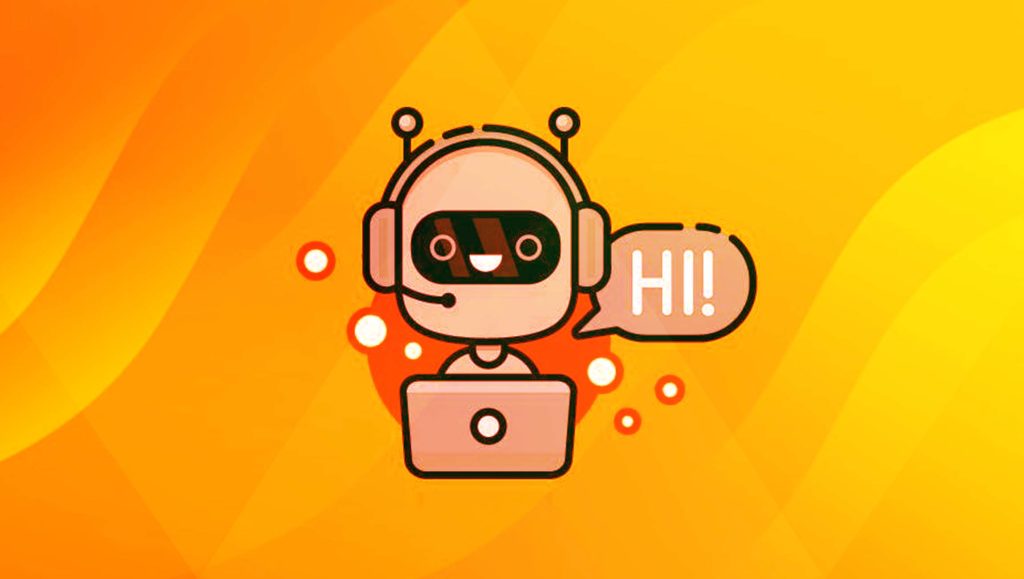In one of our MarTech Interviews, a CEO of AI start-up company told me how she wishes to name her various Chatbot applications on the F.R.I.E.N.D.S. cast. Google Assistant, Alexa, Cortana, Siri, Watson, Pepper, and Einstein are popular chatbots we know about. It’s not as hard as it may sound to choose a name for Chatbot, or, is it? If your chatbot works and has a ‘name that sticks’, giving it a personality test would be great.
While reviewing chatbots, I follow the NBV test.
N- Name
B- Behavior
V- Voice
Clearly, it’s very basic. That’s why I chose to do an article on Chatbot personality for B2B and B2C teams.
With growing Artificial Intelligence, Chatbot is helping us to find products, places, food and even solving customer service issues. Chatbots can convince you of remarkable things like the necessity of clicking a link or they are humans, not robots. Automation using bots allows companies to minimize their costs while still maintaining a high price point, thanks to the ease of use and quality of service.
Situational awareness is a key feature in Bots. It should respond to the user’s minimum amount of input by leveraging stored information and entertain the user’s needs with minimal friction. Bots should be able to automate daily life tasks for us such as reserving a hotel, ordering groceries, etc. It should save time and reduce human efforts and pain. Otherwise, it’s not much better than any website or app.
Read more: 4 Evolving Technologies That Are Empowering Chatbots
Chatbots also allow for the deflection of some inbound customer calls, while automating tasks within sales or service centers providing immediate opportunities for organizations to achieve substantial business value.
Here are the seven best practices – to help you design a great bot for your organization:
Integration With CRM
The chatbot can be integrated with critical systems and orchestrate workflows inside and outside of the CRM. It can handle real-time action as routine as a password change, all the way through a complex multi-step workflow spanning multiple applications.
Human Touch
The Chatbot should be given a human touch in all sense, for example, the user has requested a good restaurant and the bot can immediately reply from its system but there should human pause in between before answering. This will trick the user into thinking that they are communicating with a person and not just a robot.
The bots should break down the messages into multiple texts like we all do, to give a human touch. Similarly, the bot should respond in such a way that customers are bound to believe that they are chatting with a human instead of a bot.
Conversational Ability
The conversation with the bot should be short and straight enough, as users are going to use bots from their mobile phones and have very little screen space to look at.
Chatbots will make us move from UI full of graphics to a UI of simple texts. Chatbots can store previous conversations, so users don’t need to repeat information. All of this will save the user’s time and effort.
Chatbot Personality
When the users chat with the bot they expect straight and clear answers. Users can interact well with a person whom they know and hence the Chatbot needs a personality. So, we need to decide who our chatbot is and from there what matches its identity and actions.
Like Facebook’s weather chatbot- “Poncho”, has a persona: knowledgeable, trustworthy and friendly. Adding various versions is also an easy way to add up in personality. Select the communication style that fits your targeted audience and brand image. Chatbots exist in the same space where you would generally interact with a friend in your messaging app.
Don’t let your chatbot get lost in the growing chatbot crowd. When thinking about a name think about your Chatbot Marketing. Giving your chatbot a unique name will ensure your customers can search for it easily.
Read more: How you Should be Using Chatbots in your Business





















